I've had some issues regarding this Transformer: Dissolver.
Using a dataset of polygons, after being worked, it is assumed that there are present a bunch of geo-issues as Gaps, Overlaps...
Firstly, for GAPs, as my First option, I start dissolving the entire dataset to then extract "holes" or gaps with the transformer: DonutHoleExtractor. Here is my input:
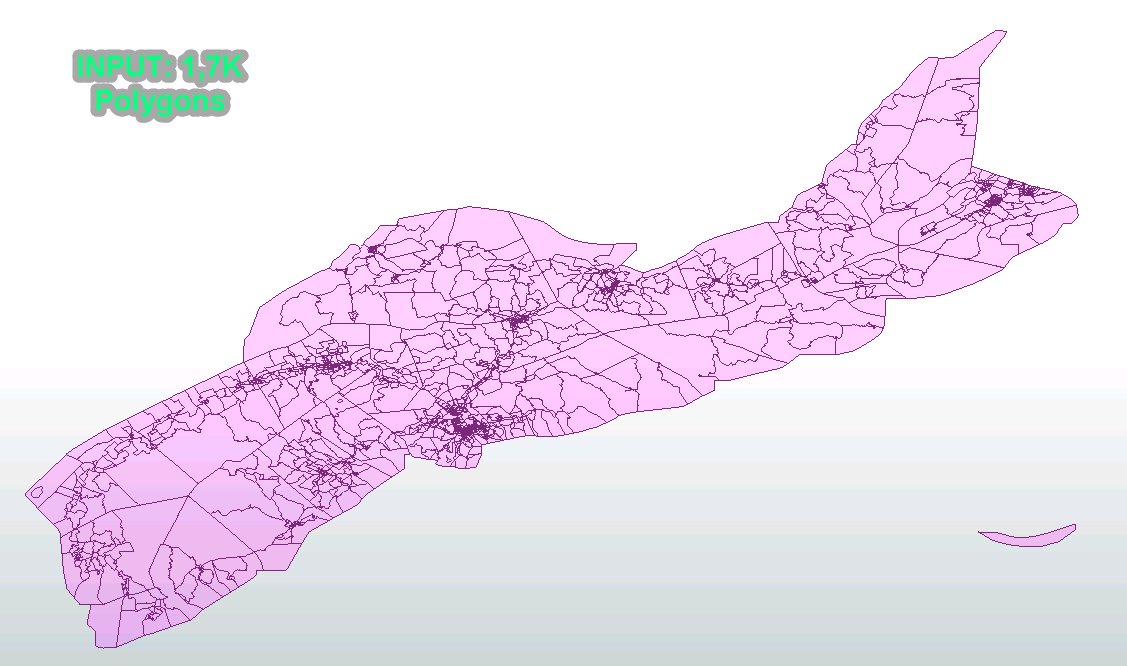 Consequently, and as I expected, all Holes were extracted and solved within the rest of the FME workbench, until I double-checked on the final output, where I mimic same transformer on Final Output, and surprisingly I got new Holes:
Consequently, and as I expected, all Holes were extracted and solved within the rest of the FME workbench, until I double-checked on the final output, where I mimic same transformer on Final Output, and surprisingly I got new Holes:
Example: (I know, there are a bunch of holes... :_( )
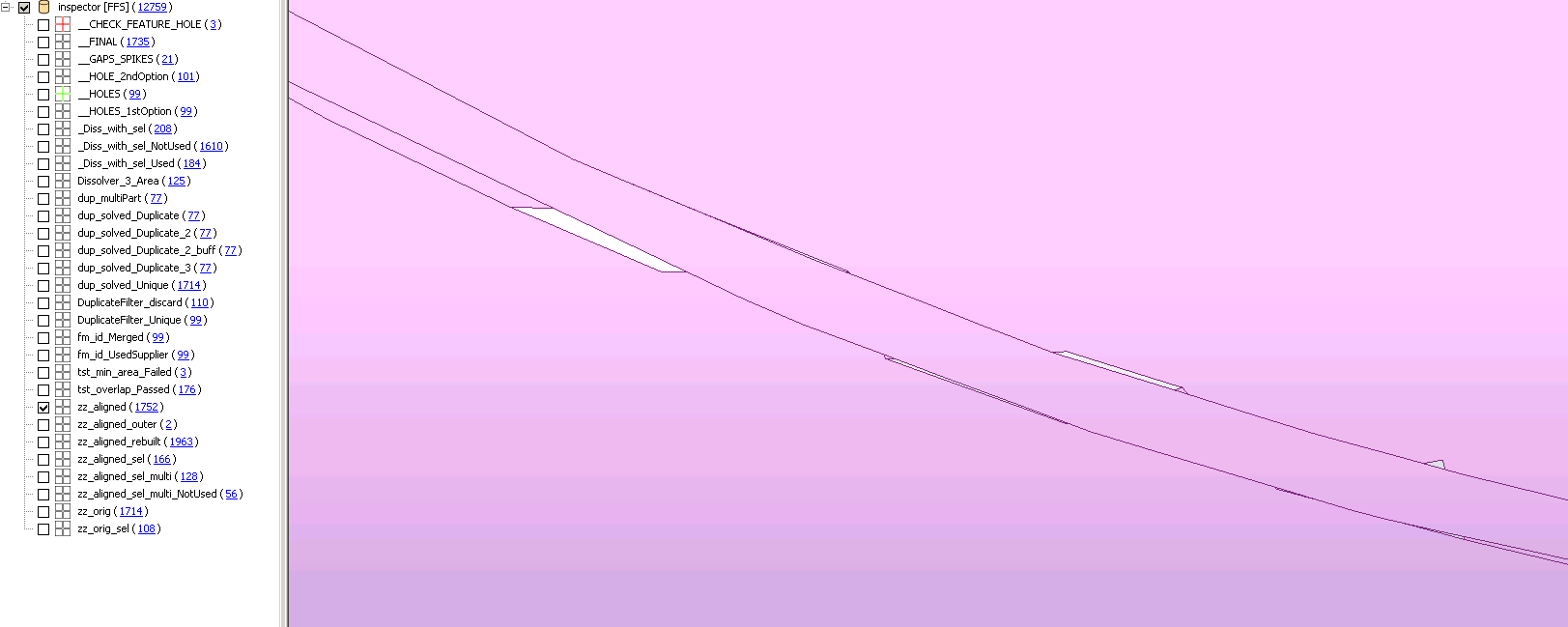 From the first Dissolver output, I'd get the Green ones, and with last final check (remember, same Dissolver transformer), I get the red ones, green ones were solved:
From the first Dissolver output, I'd get the Green ones, and with last final check (remember, same Dissolver transformer), I get the red ones, green ones were solved:
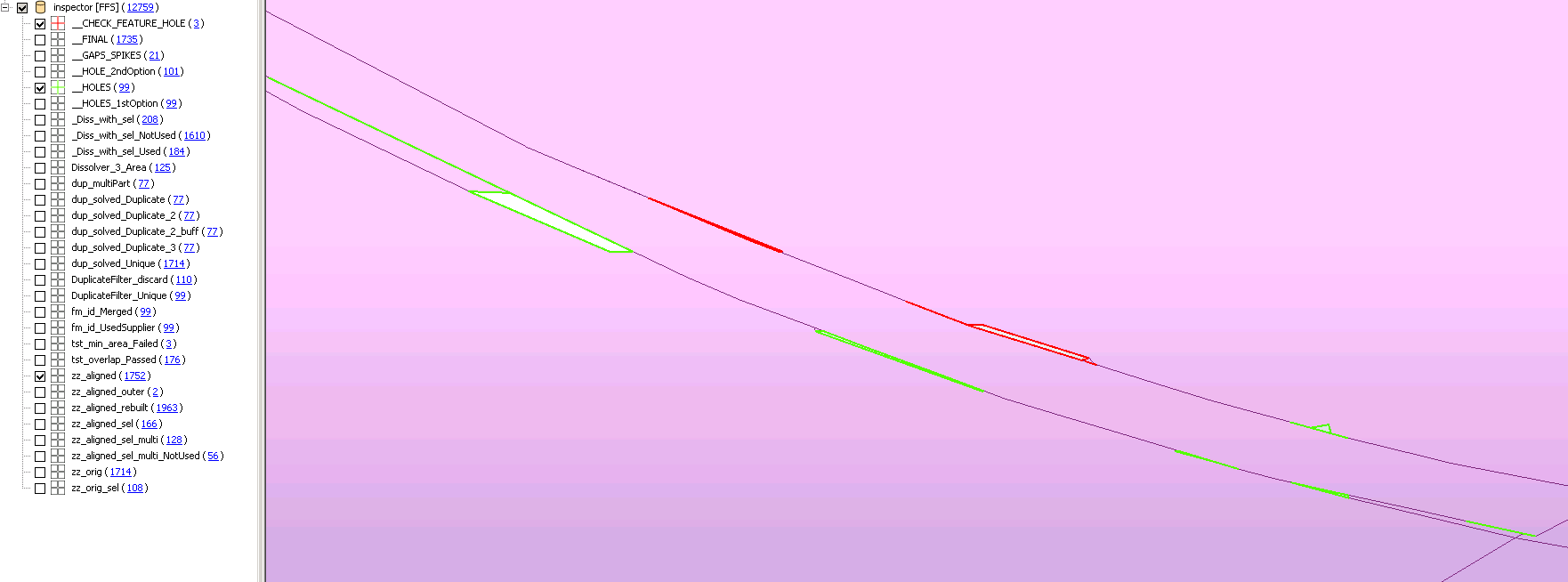 Also, as you can appreciate, from the very beginning, there were green and red ones already on the dataset.
Also, as you can appreciate, from the very beginning, there were green and red ones already on the dataset.
The Dissolver parameters:
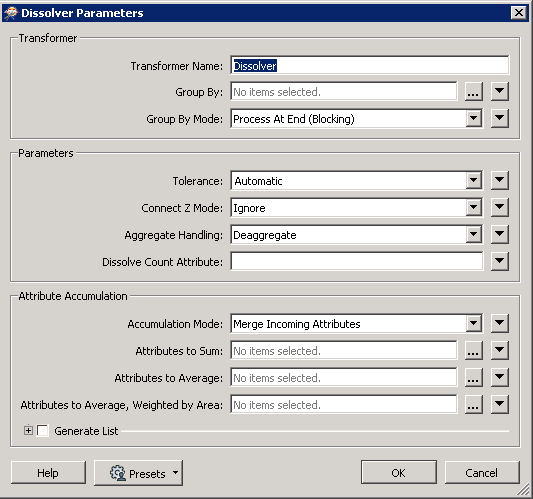
My Second option was to try, on the same Workbench, to rebuild the polygons with "Intersector" and "AreaBuilder" transformer. So, all new Areas created not being on the starting input dataset, would meant to be "Holes"... and voilà, two new "holes" appeared:
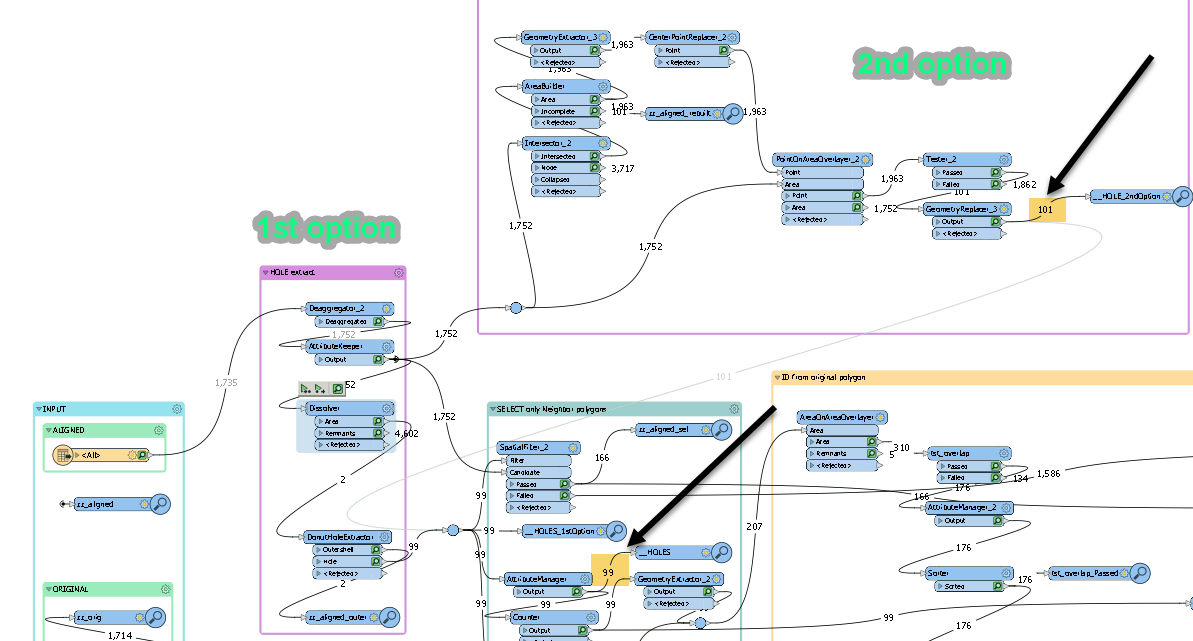
My doubt here:
Shall I need to switch ALWAYS the way that I've extracted holes until now, due to Dissolver instability?
Any hints?
EDIT:
I've added the Workbench including the FGDB and SHP used as input too. All Zipped.
Thanks!
Juanma,





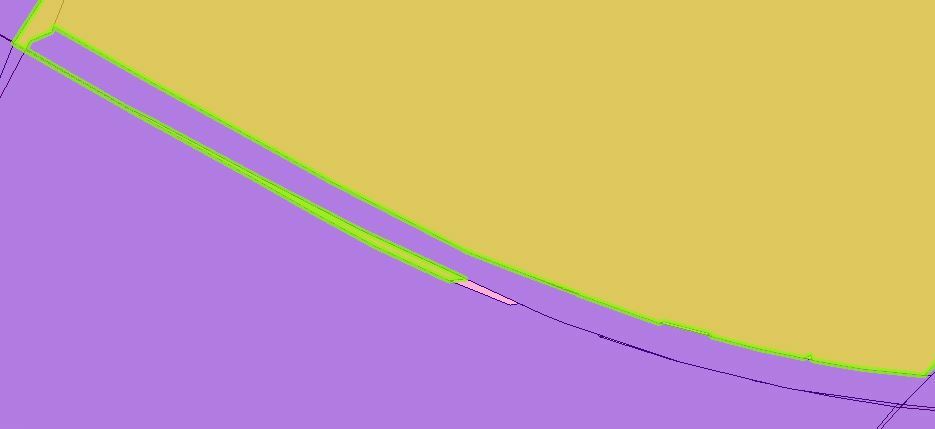
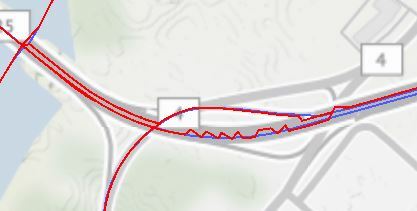

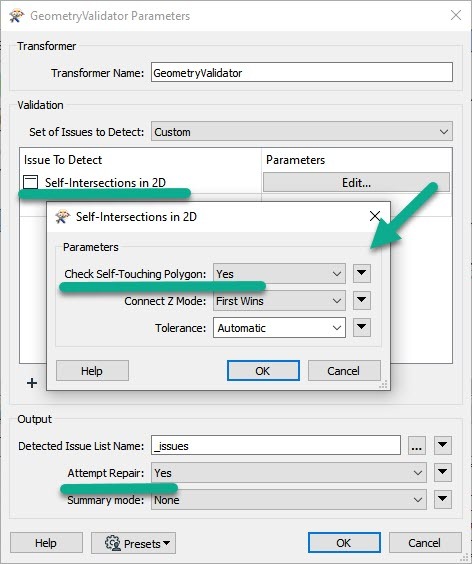 It seemed to help
It seemed to help